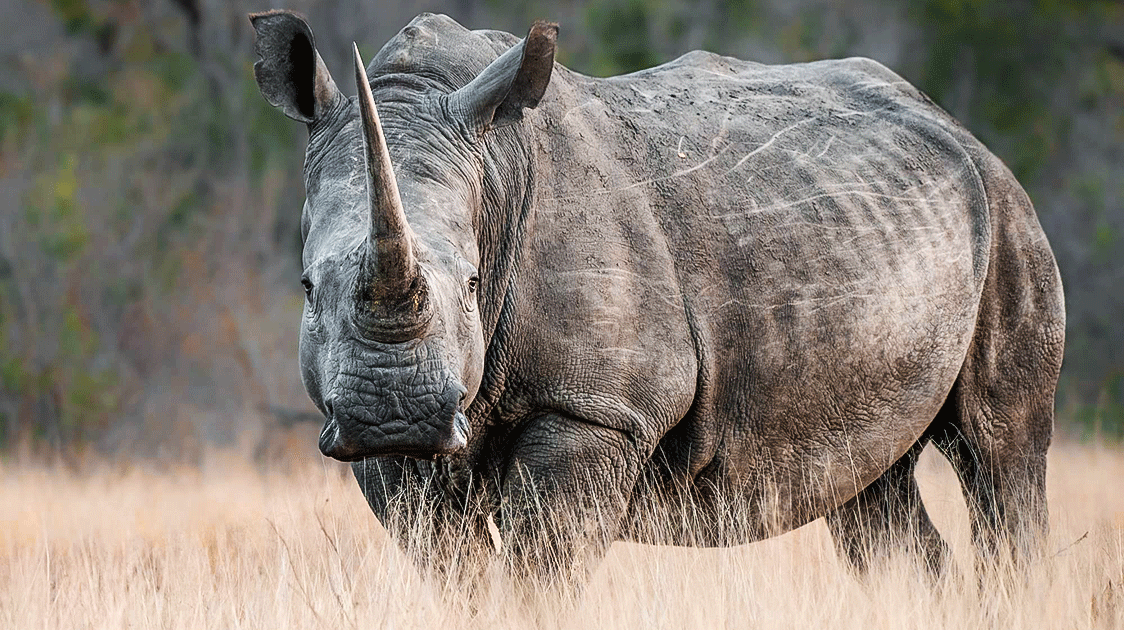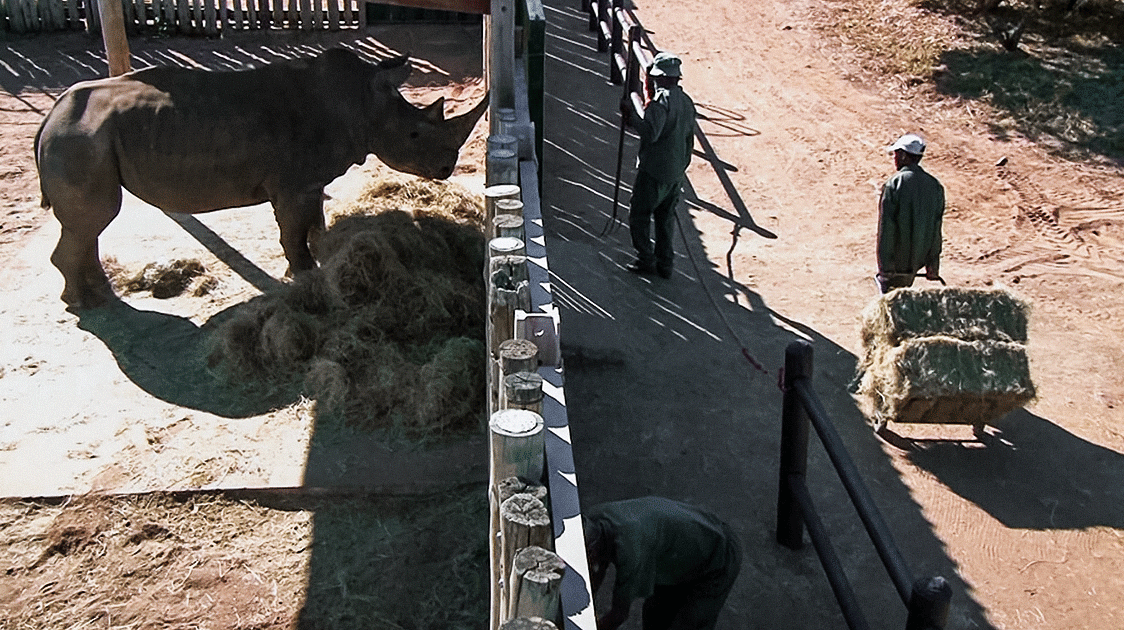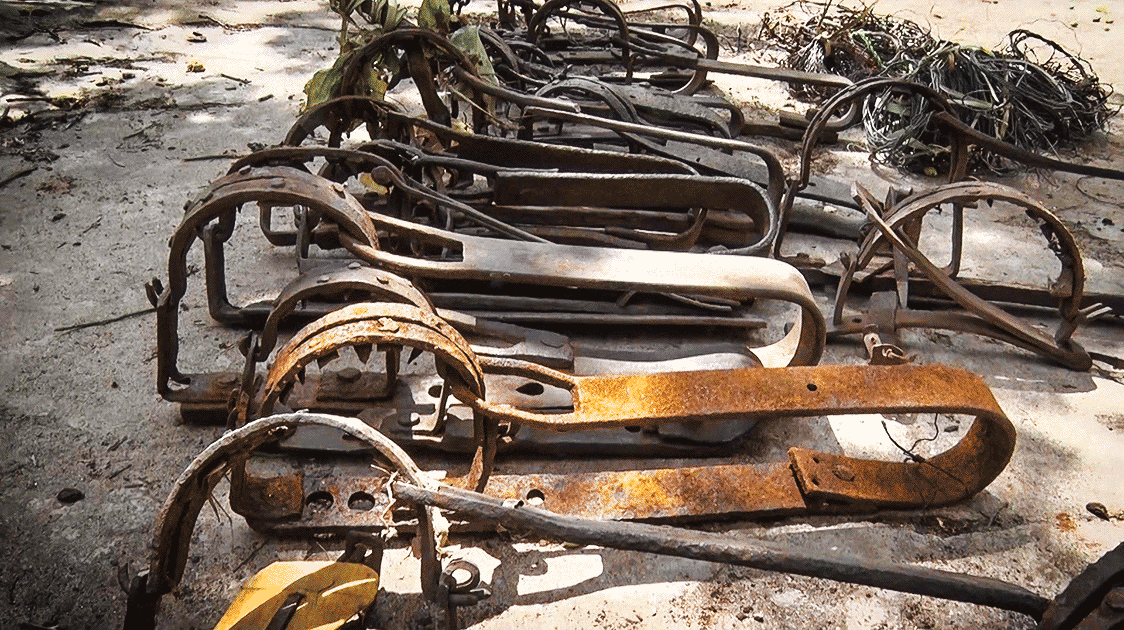Ivory & Rhino Horn
Ivory and rhino horn poaching represent an alarming blend of cultural traditions, speculative investments, and organized crime networks. This illicit trade monetizes Africa's iconic elephants and rhinos through products ranging from delicate ivory jewelry sold in secret markets to high-priced rhino horns auctioned discretely in international circles. At Patrol, we monitor these patterns closely to better understand the mechanisms behind this trade and to help disrupt the networks that profit from it.
Why Ivory and Rhino Horn Are Targeted
Elephant ivory is highly valued due to its versatility; easily shaped and polished into jewelry and decorative items that maintain strong resale values. Rhino horn, composed primarily of keratin (the same substance as human hair and nails), is erroneously promoted as possessing medicinal benefits or symbolic status, particularly in parts of Asia. Its scarcity further amplifies demand, driving prices upward and incentivizing poachers to take increasingly dangerous risks. At Patrol, we work to counter the demand side by publishing verified data and myth-busting reports that expose the truth behind the market for ivory and rhino horn.
Despite global efforts to ban the ivory trade, illegal markets persist, particularly in regions where enforcement is weak or corruption is entrenched. Similarly, demand for rhino horn in countries like Vietnam and China continues to endanger the survival of these majestic animals. At Patrol, we’re committed to direct interventions and global advocacy that confront poaching threats and dismantle outdated beliefs and illegal wildlife trade.
How Poachers Operate
Poachers predominantly employ two distinct strategies:
- Strike Teams: These are small, agile groups typically armed with hunting rifles, axes, and sometimes night-vision equipment. They execute quick raids, remove tusks or horns swiftly, and disappear before wildlife patrols can react.
- Inside Jobs: Corruption within wildlife parks and estates poses a severe challenge. Compromised staff might switch live ammunition for blanks or provide traffickers critical intelligence about ranger patrols and security loopholes.
These methods are often supported by larger criminal syndicates that provide logistics, market access, and trafficking routes across borders. Ivory trafficking routes often span multiple continents, with raw tusks or horn transported from Africa through the Middle East into Asia. Patrol’s investigations and reports have helped map these routes and inform interdictions by customs and wildlife authorities.
Front-Line Responses to Poaching
Multiple strategies are actively deployed to curb poaching:
- Rhino De-horning: Safely removing rhino horns without harm to the animals significantly reduces their value to poachers.
- Acoustic Sensors: Placed strategically in elephant habitats, these sensors detect gunshots and alert rangers in less than two minutes, facilitating rapid responses.
- Cross-Border Collaboration: International task forces regularly share intelligence, tracking traffickers’ vehicle movements and disrupting trafficking routes.
- Surveillance Drones: Increasingly, drones equipped with thermal imaging help patrol vast protected areas that are otherwise difficult to monitor on foot.
Innovative technologies and approaches continuously emerge, such as dye injections that render ivory unusable and distinctive pink, and microchip implants hidden in horn fragments to trace illicit supply chains. We at Patrol actively support these innovations and collaborate with on-the-ground rangers and researchers to test, report on, and scale what works. We also work on capacity-building programs for local enforcement teams to ensure they are well-equipped and trained.
Why Burning Ivory Stockpiles Matters
Publicly destroying confiscated ivory is a critical action because it permanently removes ivory from the market and sends a strong global message of zero tolerance toward the ivory trade. Such actions prevent criminals from laundering stockpiles and reinforce international commitments against wildlife crime. Governments in Kenya, Gabon, and others have held large-scale ivory burns to signal their stance. Patrol has documented these events, sharing real-time coverage and expert analysis to build public awareness and support.
Stay Informed: Subscribe to Patrol for in-depth reports and firsthand accounts on ivory interceptions and rhino horn tracking efforts.
FAQs
1. How many elephants and rhinos are killed annually for ivory and horns?
Tens of thousands of elephants and hundreds of rhinos are estimated to be poached each year, severely threatening their populations.
2. Why is rhino horn wrongly considered medicinal?
Despite no scientific basis, traditional Asian medicine markets have historically attributed medicinal properties to rhino horn, perpetuating harmful myths.
3. What is being done to stop ivory poaching?
Efforts include tighter border control, community conservation programs, stricter legislation, and demand reduction campaigns. Patrol contributes by producing investigative reports and advocating for stronger policy frameworks.
4. Why is ivory valuable?
Ivory is considered valuable due to its historical role in art and decoration, particularly in Asia. It is smooth, durable, and visually attractive, making it a material of choice for carvings, piano keys, and jewellery.
5. What are the main ivory trafficking routes?
Ivory often travels from Central and East Africa to Asia, moving through transit countries such as Mozambique, Tanzania, and the UAE before reaching consumer markets like China and Vietnam.
6. What is the impact on local communities?
Communities that rely on eco-tourism suffer economic losses when wildlife populations decline. Patrol supports sustainable development initiatives that benefit both people and wildlife.



